oxygen delivery devices and flow rates australia
Oxygen wafting provides a non-contact oxygen alternative for uncooperative paediatric patients in the emergency department ED. Oxygen therapy devices and flow rates.
Preprints in Europe PMC.

. Comfort cost easy titration. A simple face mask can deliver an FiO 2 of 035060 at an oxygen flow of 510 Lmin. So when we talk about low-flow systems we talk about systems that deliver oxygen at a rate LESS than 6.
A 100 non-rebreather reservoir mask at 15 Lmin can deliver an FiO 2 of 060. Patients are able to eat drink and speak whilst receiving oxygen therapy. Indications of O2 therapy 1.
Saturations stable at 92 in a patient without lung disease Hudson mask rarely used Delivers 30-40 oxygen. Domiciliary oxygen a nd equipment may be provided for adults with pulmonary arterial hypertension. MORS with an oronasal or intraoral mask demand valve with an intraoral mask and NRB at a flow rate of 15 Lmin¹.
1-2 lmin via nasal cannulae or 2-4 lmin via 24 or 28 venturi mask in patients with acute exacerbations of copd or conditions known to be associated with chronic respiratory failure 4 lmin oxygen. They include Nasal cannulae Deliver 24-30 oxygen Flow rate 1-4Lmin 4L will dry the nose 2L is more comfortable Used in non-acute situations or if only mildly hypoxic eg. Depending on a patients inspiratory effort tidal volume speed of inspiration and respiratory rate the PIFR can often exceed the flow rate at which oxygen or an oxygenair mixture is supplied by the device meaning that at the time of PIFR more or less entrainment of room.
The efficacy of oxygen wafting using different delivery devices flow rates and device positioning Australas Emerg Nurs J. Domiciliary oxygen and equipment may be provided for adults without. These demand oxygen delivery systems enable cylinders to last longer since the oxygen waste during expiration is reduced.
OXYGEN DELIVERY DEVICES Dr. Delivery of higher FiO2 than simple mask. Delivery devices work with different flow rates.
The increased efficiency is achieved through increased complexity. 2435 FiO2 at a flow of 14 Lmin. Remember that the amount of oxygen delivery may vary according to inspiratory time and rate and depth of respiration.
Nasal cannulae can also be used at very low flow rates with children and mouth breathers can benefit from this device. It has been shown that conservers can reduce oxygen usage by 50 leading to a. Oxygen can be administered at 6 liters per minute or less and flow rates of 4 liters per minute or less.
However there is a small amount of room air which gets in the system so the FIO2 is invariably lower more like 80-90. For simple face masks flow rates of. Low flow systems such as oxygen concentrators generate flow rates of 5-10 litresm.
The aim of this stu. Compared to continuous oxygen flow oxygen-conserving devices deliver pulsed oxygen during inspiration only triggered by the patients inspiration. 38 39 Grade C.
The aim of this study was to identify the combination of oxygen delivery device flow rate and device positioning that. Comparison of tissue oxygenation achieved breathing oxygen using different delivery devices and flow rates. The recommended initial oxygen flow rate for open-circuit systems employing a non-rebreather mask has long been 15 Lmin-1.
Oxygen delivery devices 1. The best O₂ delivery device and flow rate are yet to be determined. Supplemental Oxygen High Flow Systems generally utilize corrugated tubing Indicated in patients with variable respiratory rate and pattern to provide appropriate FiO2 to meet a patients respiratory demand.
Authors Denise F Blake 1 Elizabeth M Shih 2 Paul Mateos 3 Lawrence H Brown 4 Affiliations 1 Emergency Department The Townsville Hospital Townsville Queensland 4810. Documented hypoxemia In adults children and infants older than 28 days arterial oxygen tension PaO2 of 60 mmHg or arterial oxygen saturation SaO2 of 90 in subjects breathing room air or with PaO2 andor SaO2 below desirable range for specific. To determine whether administering O₂ with a non-rebreather mask NRB at a flow rate of 10 or 15 Lmin ¹ or with a demand valve with oronasal mask significantly affects the tissue partial pressure of O₂ PtcO₂ in healthy volunteer scuba divers.
Of the commonly available devices promoted for O₂ delivery to injured divers similar PtcO₂ and nasopharyngeal F I O₂ values were obtained with the three devices tested. Demonstrated oxygen desaturation on oximetry or arterial blood gases at rest on exercise or nocturnal with SaO2 less than 90 or PaO2 less than 60mmHg is required. Do not need to be humidified.
The mean EIOC delivered by the non-rebreathing system at 15 lmin 1 oxygen flow rate and 10 breathsmin 1 respiratory rate was 8567 and 7933 for 300 ml and 500 ml tidal volume respectively. Non-rebreather reservoir mask 60 FiO2 at a flow of 15 Lmin. All clinical staff using oxygen therapy devices and pulse oximetry monitoring are to read and acknowledge they understand.
Low-flow systems like the trusty nasal cannula deliver oxygen at a rate that is less than the amount of air that the patient can inhale or exhale in one minute called minute ventilation For reference the minute ventilation of a healthy adult male at rest is about 6 Lminute. Sign in or create an account. Respiratory rate and pattern are stable Can deliver high FiO2but actual amount will vary from breath to breath Examples include nasal cannulasimple face.
The required oxygen flow rate can be very low often between 08 and 15 Lmin-1. These devices deliver a variable inspired oxygen concentration to the patient which depends on the PIFR. 4 Also there is a tendency to confuse flow systems with oxygen concentrations.
4060 FiO2 at a flow of ³5 Lmin Delivery of higher FiO2 levels than nasal cannulae. Oxygen wafting provides a non-contact oxygen alternative for uncooperative paediatric patients in the emergency department ED. Epub 2014 Jul 22.
The standard flow meters are calibrated to flow rates of oxygen at 15 Lmin although if one turns the thumbscrew of the valve wide open a much greater flow is delivered. If oximetry is not available or reliable oxygen saturations cannot be determined and hypoxaemia is suspected oxygen can be delivered at. Oxygen flow rates of 10-15Lmin can deliver FIO2 of up to 95 in these individuals.
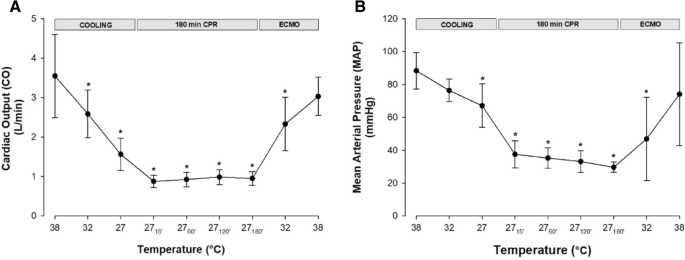
Effects Of Rewarming With Extracorporeal Membrane Oxygenation To Restore Oxygen Transport And Organ Blood Flow After Hypothermic Cardiac Arrest In A Porcine Model Scientific Reports

Cost Of Oxygen Portable Oxygen Concentrator Cost Inogen

Types Of Oxygen Delivery Device F Do 2 Capabilities And Indications Download Table

Providing Supplemental Oxygen To Patients Today S Veterinary Practice
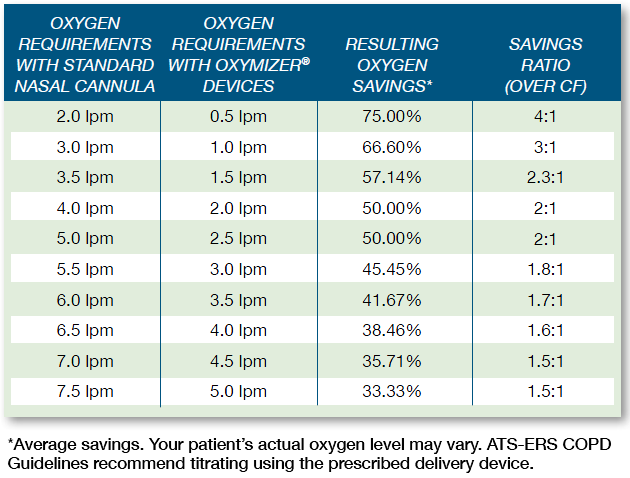
Chad Oxymizer Disposable Oxygen Conserver Oxygen Reservoir Drive Medical O 224 P 224 Vitality Medical

Automatic Oxygen Titration Versus Constant Oxygen Flow Rates During Walking In Copd A Randomised Controlled Double Blind Crossover Trial Thorax

Oxygen Delivery System Side 1 Nursing School Notes Nursing Notes Respiratory Therapist Student
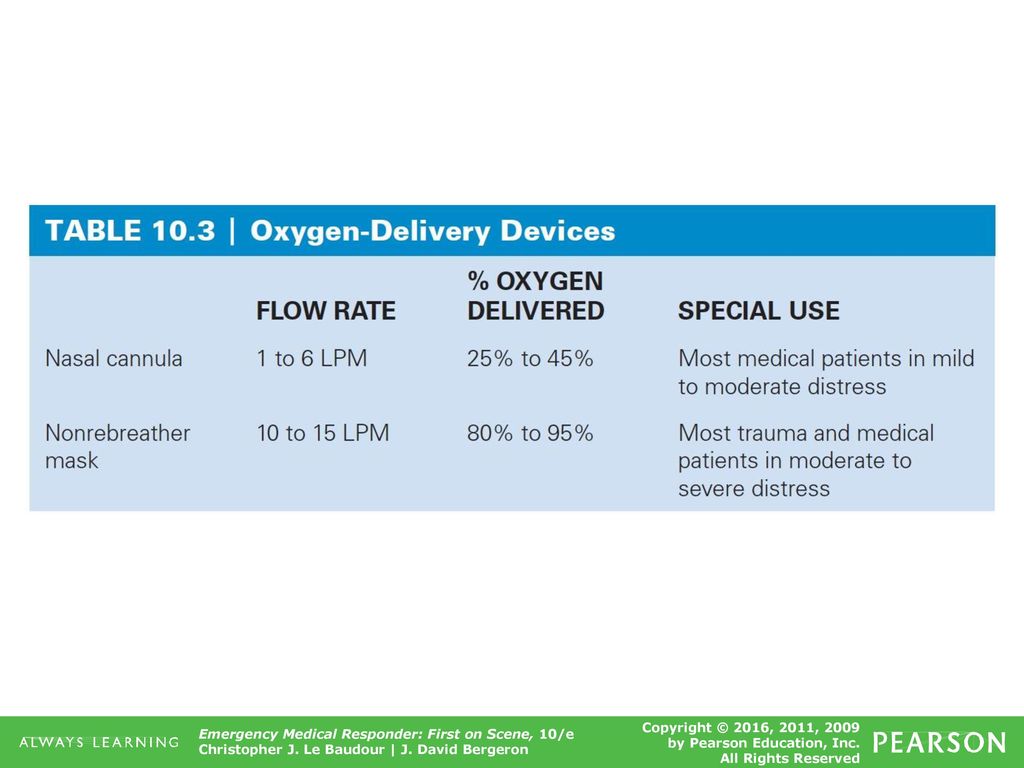
10 Principles Of Oxygen Therapy Ppt Download

Oxygen Delivery System Side 1 Nursing School Notes Nursing Notes Respiratory Therapist Student
Clinical Guidelines Nursing Oxygen Delivery

Cost Of Oxygen Portable Oxygen Concentrator Cost Inogen

Providing Supplemental Oxygen To Patients Today S Veterinary Practice

Equation For Oxygen Delivery Download Scientific Diagram
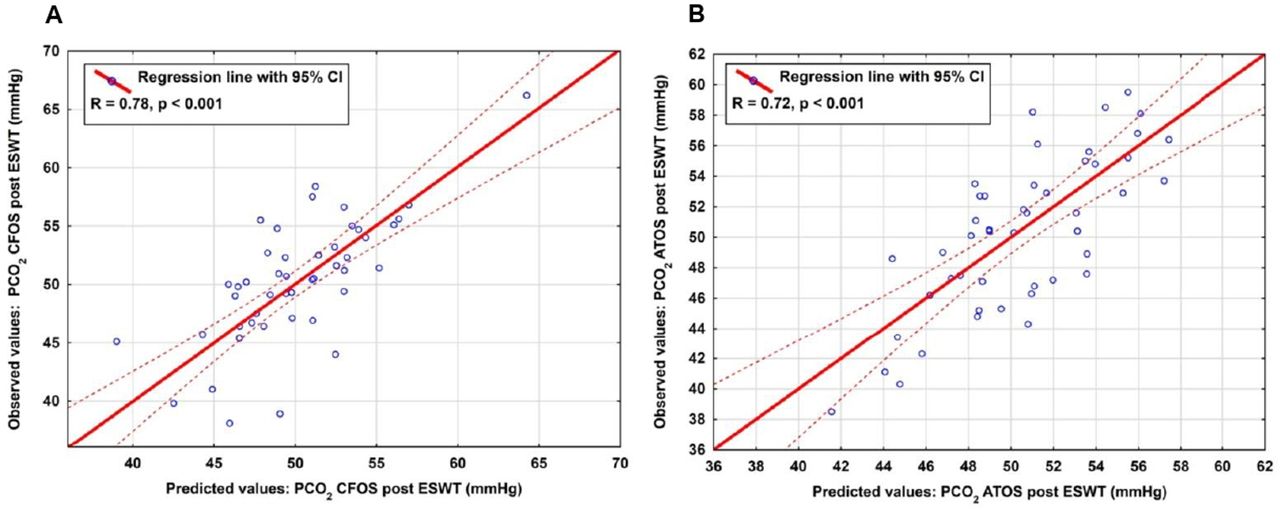
Automatic Oxygen Titration Versus Constant Oxygen Flow Rates During Walking In Copd A Randomised Controlled Double Blind Crossover Trial Thorax

Oxygen Delivery By Device Nasal Cannula Indicated For Low Flow Low Percentage Sup Respiratory Therapy Student Icu Nursing Respiratory Therapist Student

Clinical Guidelines Nursing Oxygen Delivery

High Flow Oxygen Concentrator Review And Comparison 2021
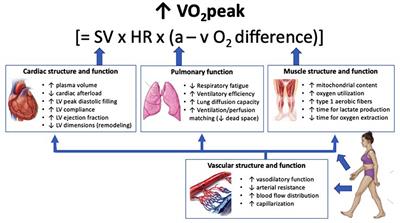
Frontiers Optimizing Outcomes In Cardiac Rehabilitation The Importance Of Exercise Intensity Cardiovascular Medicine
